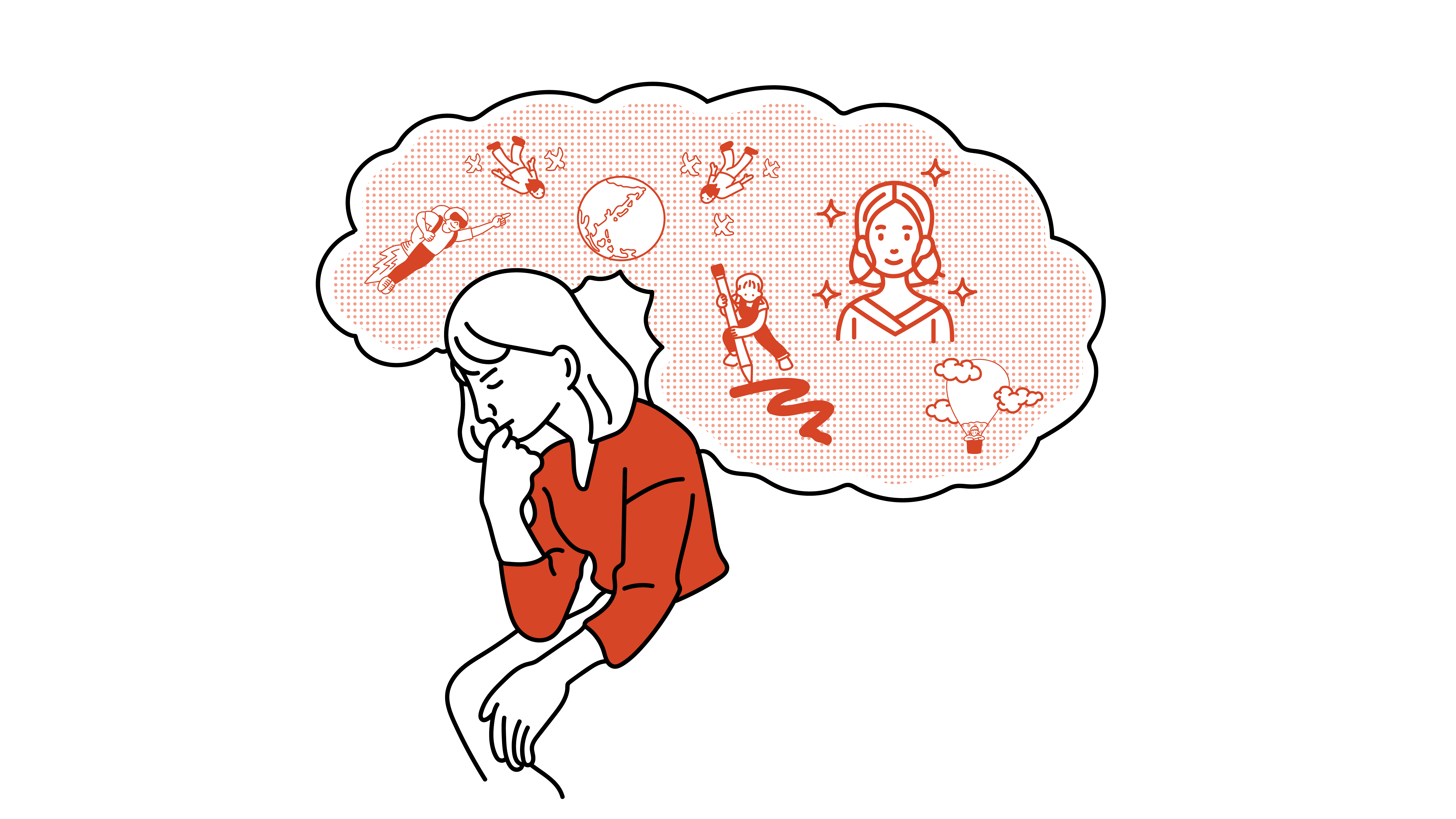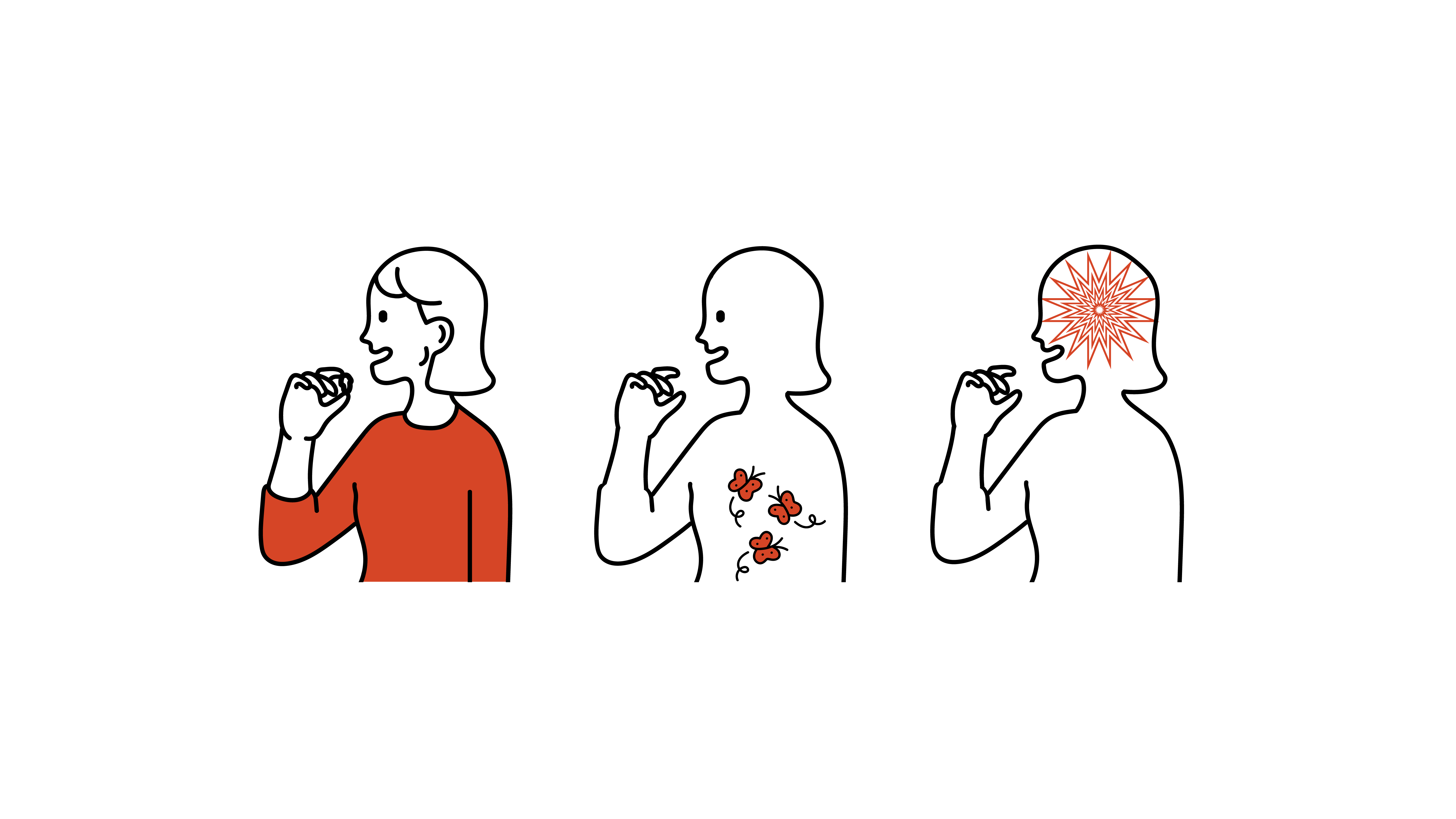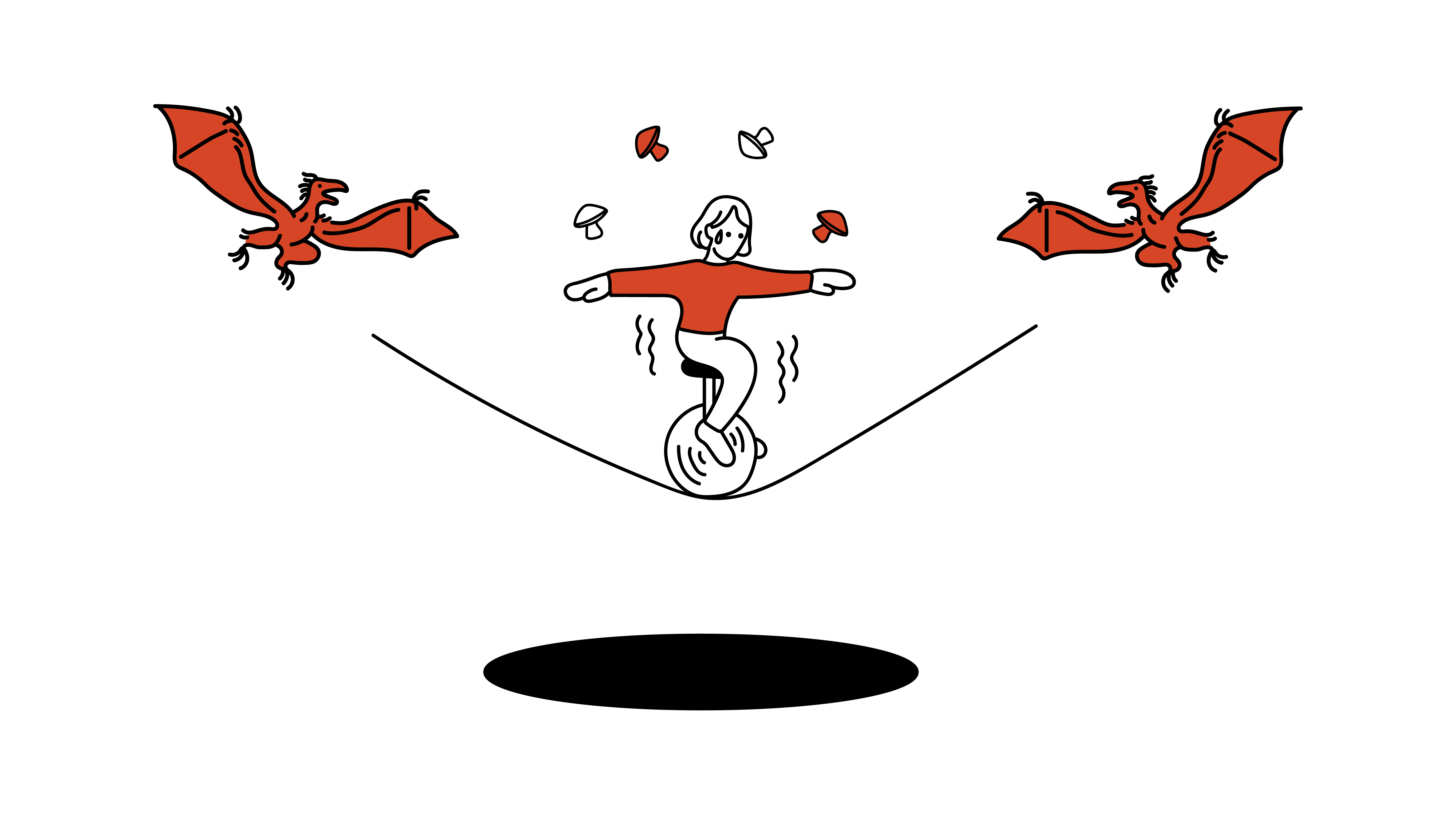Editor’s Note: Substances mentioned within this piece are considered illegal and, for this reason, certain names have been changed in order to maintain anonymity.
Phoebe (not her real name) microdoses LSD at least once a month, in a way that’s scheduled, regular and ritualistic. She doesn’t feel the need to do so every day. She checks in with herself and sets intentions on what she wants to accomplish on her trip. She likes to microdose in a positive atmosphere, which she describes as during the day, out in nature or in a comfortable environment, with close friends.
Scientifically, microdosing is usually defined as less than 1% of a dose where someone would see a response, so the doses are much lower than ones for any kind of recreational use, said Blairanne Williams, an assistant professor in chemistry at WKU with a background in molecular neuroscience.
“I define microdosing as taking a smaller dose that isn’t necessarily going to fully bring you into a psychedelic experience but more brings you into awareness with yourself,” said Phoebe, a sophomore at WKU.
She meditates into the trip to help ground herself, listening to resonating sounds from Taos Wind Spirits Music on YouTube. While tripping, she engages in activities that offer healing and mind-body connections. This helps her concentrate on what she is doing as she focuses on her thoughts. Afterwards, she uses a journal to help her become more aware of the emotions and self-discoveries she experienced while microdosing.
She has been experimenting with psychedelics for roughly four years and always found it to be a mentally healing experience for her but only started microdosing in the last year.
Phoebe has bipolar disorder, borderline personality disorder and anxiety and has been on her mental health journey since she was 17 years old. She is in therapy and has been trying different medications to find one that works for her, which she said has taken a mental toll on her sanity, so she did research into other methods that could help her mental health. She uses microdosing as a fresh start for her brain.
“I knew I needed to try something else because I could feel all of the negative energy and stagnancy in my thoughts that I felt like I could not overcome my own self,” Phoebe said. “I basically just wanted to try something that was a little bit more on the natural side of healing.”
The idea of holistic medicine and increased allowance in marijuana for medicinal purposes has played into the popularity of microdosing, Williams said. In the U.S., there are several holistic medicines used for natural healing, like salt caves, candles and essential oils. The popularity of these items is largely driven by women, Williams said.
“There’s a lot of things out there that we are searching for that for some reason there’s some sort of gap in our medical care that people are going elsewhere for things,” Williams said. “I have heard it said that that sort of holistic approach is really driven by the fact that medicine in the United States ignores women’s pain.”
Williams said she thinks there will always be a part of the population that looks for pleasure in places other than what would generally be considered as “typical.”
Phoebe said whenever she was taking a full dose, which she defined as 1 tablet of LSD or 2 grams of psychedelic mushrooms, it was more for fun. She said she was still experiencing and learning a lot about herself, but it was challenging to hone in on exactly what she learned afterwards. She said microdosing is different.
“It helps you dabble in a psychedelic experience without fully engaging in one,” Phoebe said. “This helps me break out of negative habits and thought patterns and helps me bring awareness to how I think and where my thoughts can stem from.”
She said sometimes that self-knowledge can be hard to accept, like when it is rooted in childhood trauma, from emotional abuse to sexual trauma, which she has experienced.
“Microdosing has helped me come to terms with what has happened to me and also allows me to take in that energy and allow myself to heal from it,” Phoebe said.



